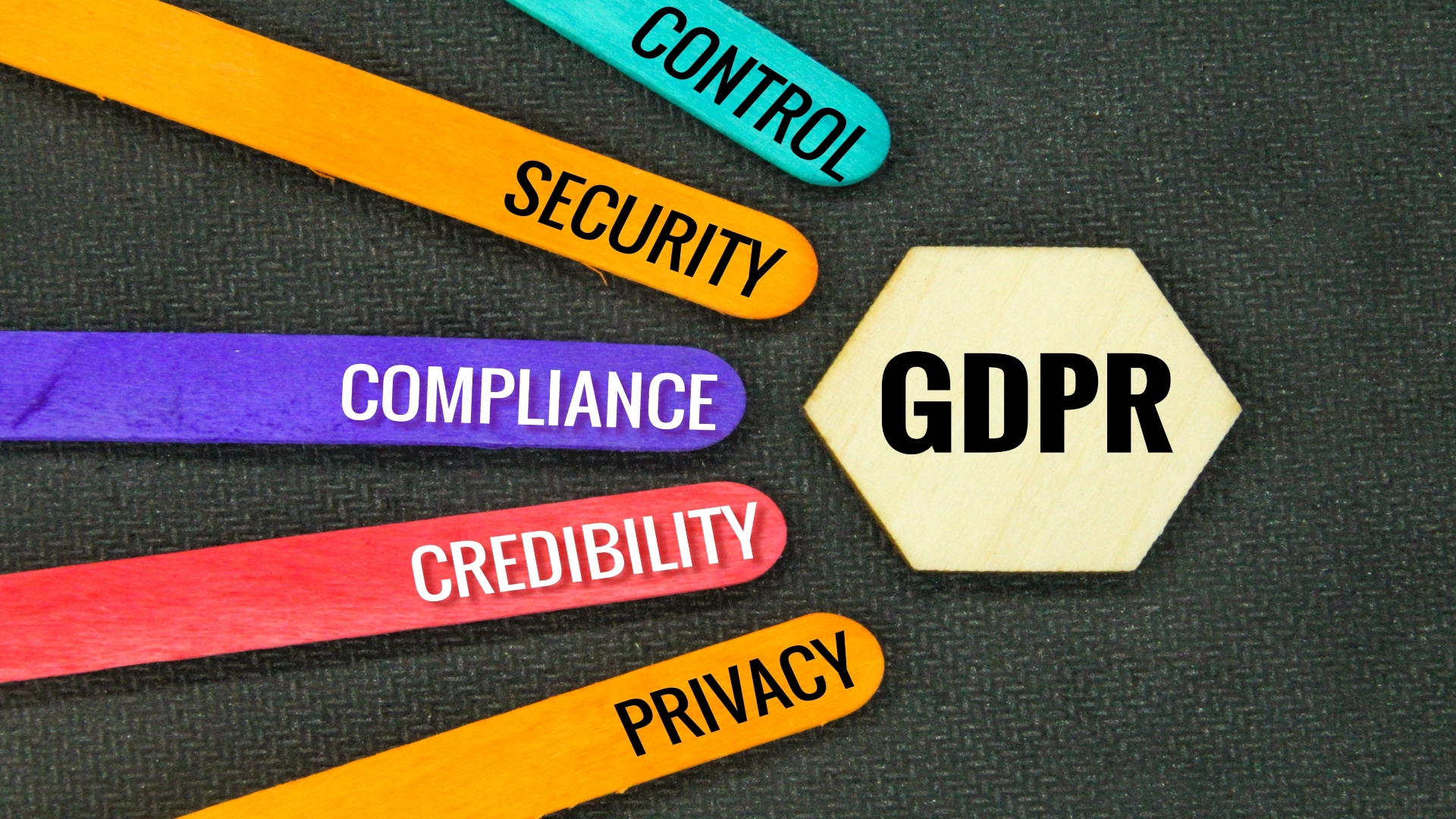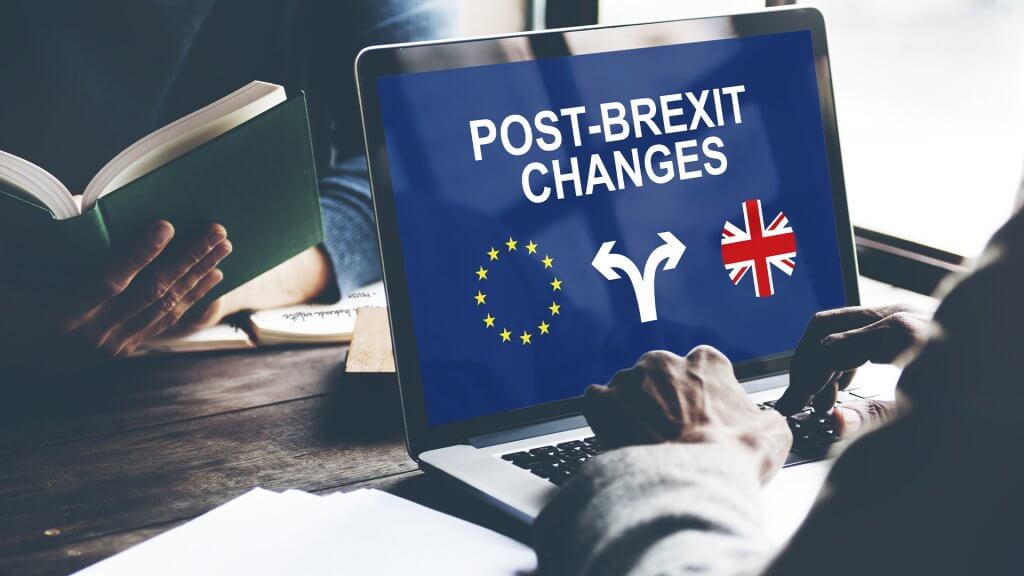Small and medium enterprises (SMEs) in Europe are at a historical divide as digital privacy is changing rapidly. The General Data Protection Regulation (GDPR), designed to safeguard personal data, has introduced a new compliance basis: the DPA. This is the document that forms this link between the data controllers and the processors to ensure the full compliance with the stringent requirements of the GDPR.
Understanding of GDPR Data Processing Agreements
In essence, a DPA is broader and more than just a written document; it is a reflection of a company’s dedication to data privacy and safety. It defines the duties of the data processor and the data controller, setting a comprehensive model of the protection of personal information. In addition, this contract is an important trust form and should be seen as such to allow a shift to the consumer, who becomes more sensitive in respect of his data, being a hidden value.
Challenges Faced by Small Businesses
For SMEs the road to compliance with GDPR is full of difficulties. These are led by the resource constraint. However, small businesses typically do not have specific legal and compliance teams to understand the intricacies of GDPR unlike their larger counterparts. In addition, the volatile nature of digital data makes compliance with GDPR rules more complex, hence, these businesses should develop a strategic approach to compliance.
Strategies for Successful Implementation
- Conducting a data audit: A comprehensive data audit is the initial phase of knowing the extent of GDPR’s scope in a business. It includes the data flow mapping, sensitive data identification, and data processing activities assessment. This activity sets the scene for GDPR compliance, identifying areas of risk and determining prevention strategies.
- Selecting reliable data processors: For SMEs using third-party services for data processing, vendor selection becomes a very critical decision. The vendors should be vetted for their GDPR compliance and their data handling practices should be in line with the enterprise’s privacy policies.
- Drafting clear and comprehensive agreements: The DPA should specify the data protection procedures, data security measures and data breach notification process and the procedures thereof. The document must define explicitly the roles and responsibilities of both the data controller and the data processor.
- Implementing internal policies and procedures: Internal control of data is as crucial as external processing. SMEs need to build strong internal policies on how data is handled, access control, and data storage. Training sessions for employees on the issues of compliance with GDPR policies would also help in strengthening these policies.
- Regular monitoring and review: Being compliant with GDPR is not a one-time activity but rather a continual exercise. Regular audits, revisions of DPAs and the adoption of new data handling practices in compliance with new regulatory advice or technological progress are imperative.
Conclusion
Deciphering the GDPR environment calls for a robust and enlightened approach. Through understanding the importance of DPA regulations, identifying the challenges, and embracing strategic compliance measures, SMEs can not only achieve compliance but also develop a culture of privacy and security. The essence of mechanisms such as Papaya Global in enabling such endeavours should not be underestimated, representing a lighthouse to organizations seeking to comply with GDPR as their workforce goes global. The path to data privacy compliance is long and tortuous, but attainable, with proper knowledge, tools, and attitude towards personal data protection.





























